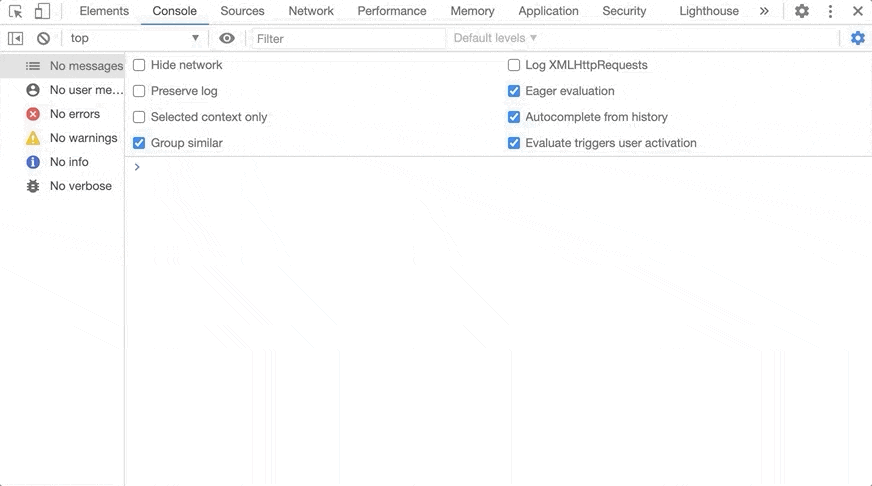Boost Performance With React.memo()
Table Of Contents
In React, changing the state of the parent component triggers a re-render of the entire component tree.
This often leads to the unnecessary rendering of child components, whose props have not actually changed.
Undoubtedly, this slows down the application, especially if child components contain many expensive calculations.
To improve performance, React provides the React.memo() higher-order component.
Higher-order component is a function that takes a component and returns a new component.
React.memo()
When a component is wrapped in the React.memo(), its result is memoized by React after rendering.
Memoization is an optimization technique used to speed up computer programs by storing the results of expensive function calls and returning the cached result when the same inputs are encountered again.
Before the next render, if the props have not changed, React reuses the result of the previous render, skipping the whole expensive rendering process.
Primitive Example
To better understand the concept, let's see it in action:
UserContainer component
const UserContainer = () => {
const [_toggle, setToggle] = useState(false);
useEffect(() => {
// Update the component every second
const intervailId = setInterval(() => {
setToggle((toggle) => !toggle);
}, 1000);
return () => {
clearInterval(intervailId);
};
}, []);
return <Projects date='2020-01-01' />;
};
export default UserContainer;Projects component
const Projects = ({ date }) => {
console.log('Projects render');
return (
<div>
<h4>Project List</h4>
<div>From: {date}</div>
</div>
);
};
export default Projects;In this example, we created the UserContainer component, which is updated every second. It renders the Projects component with a static property - date.
Open the console and see what happens:

The Projects component is re-rendered every time the parent is updated, even though its props remain the same.
Do you see room for some optimizations here?
Wrapping Projects component in React.memo()
This is a perfect example of how React.memo() can be used to provide a performance boost:
const Projects = ({ date }) => {
console.log('Projects render');
return (
<div>
<h4>Project List</h4>
<div>From: {date}</div>
</div>
);
};
export default React.memo(Projects);After making this small change, open the console and check how often the Projects component is rendered.
Just once.
Complex Example
We have seen a simple example with a Primitive value passed in as a date prop.
But what if we want to pass an object?
UserContainer component
const UserContainer = () => {
const [_toggle, setToggle] = useState(false);
useEffect(() => {
// Update the component every second
const intervailId = setInterval(() => {
setToggle((toggle) => !toggle);
}, 1000);
return () => {
clearInterval(intervailId);
};
}, []);
return <Projects date={{ year: 2020, month: 1, day: 1 }} />;
};
export default UserContainer;Projects component
const Projects = ({ date }) => {
console.log('Projects render');
return (
<div>
<h4>Project List</h4>
<div>
From: {date.year}-{date.month}-{date.day}
</div>
</div>
);
};
export default React.memo(Projects);Open the console and see how the Projects component is rendered frequently, even though it is wrapped in the React.memo().
If we look closely at the example, we would notice that every time the UserContainer is rendered, a date object is created and passed down the tree.
React.memo() only does a shallow comparison of the props passed in, so if we pass in different objects, even with the same props, the component will still be re-rendered.
Can we change this behavior? The second argument for rescue.
Custom Equality Check
React gives us the option to pass the second argument to the React.memo() HOC and define our own equality checking function:
const customEqualityCheck = (prevProps, nextProps) => {
// If year, month and day are not changed, do not re-render the component
if (
prevProps.year === nextProps.year &&
prevProps.month === nextProps.month &&
prevProps.day === nextProps.day
) {
return true;
}
// Otherwise do re-render with a new props
return false;
};
React.memo(Component, customEqualityCheck);This function must return true if we do not want the component to be rendered when certain criteria are met, false otherwise.
Important note: According to the React docs, this method exists only as a performance optimization. Do not rely on it to “prevent” rendering, as this can lead to bugs.
Avoid React.memo()
Seeing all its benefits, we can assume that it is worth using for almost all components in our app, and that is a completely wrong assumption.
Remember that everything has a cost associated with it, including React.memo(), which is associated with memory allocation.
Do not use it if:
- The component is usually rendered with different props
- The component is not rendered often
- It does not provide a measurable performance gain (use Profiler to check this)
Callback Functions
Memoization can be easily broken by using callback functions incorrectly.
UserContainer component
const UserContainer = () => {
const [_toggle, setToggle] = useState(false);
useEffect(() => {
const intervailId = setInterval(() => {
setToggle((toggle) => !toggle);
}, 1000);
return () => {
clearInterval(intervailId);
};
}, []);
const handleProjectClick = () => {
console.log('Do something');
};
return <Projects handleProjectClick={handleProjectClick} />;
};
export default UserContainer;Projects component
const Projects = ({ handleProjectClick }) => {
console.log('Projects render');
return (
<div>
<h4>Project List</h4>
<button onClick={handleProjectClick}>Click me</button>
</div>
);
};
export default React.memo(Projects);In this example, a parent component passes the handleProjectClick callback to the child.
There is one tricky thing - every time the functional component defines a callback, a new callback instance is created, which means that we are passing different instances of the callback function to the child component.
See that even if we do not provide any props other than the callback function, the component is still not memoized properly.
The solution is simple - we need to use a useCallback hook to preserve the instance of the callback for each render:
const handleProjectClick = useCallback(() => {
console.log('Do something');
}, []);We create an instance of the handleProjectClick on the initial render and keep it.
Summary
In this article, we learned about an amazing way to boost React application performance using React.memo().
Measure the performance of the component before and after using this HOC, to make sure it really helps you.